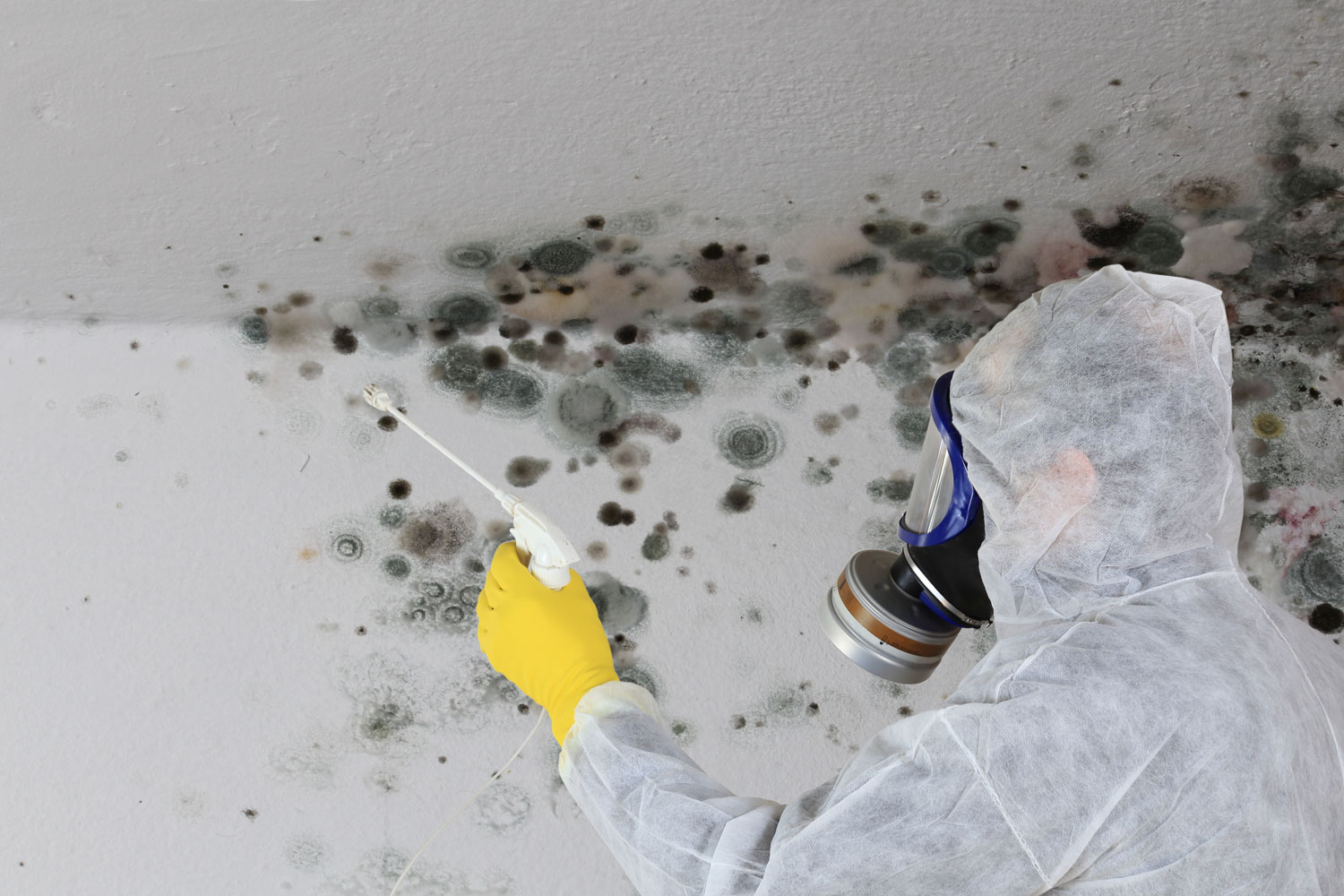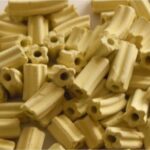Mold can be found almost everywhere. However, it thrives best in warm, humid, and wet environments. If your home has suffered water damage, it should be your top concern as a homeowner. It can grow on any surface, regardless of whether it has suffered from flooding, plumbing problems, or small leaks. Here we will tell you the best ways for mold removal This can pose a serious health risk to anyone living in the house.
The most common symptoms of mold exposure are:
- Nasal stuffiness
- Eye irritation
- Rashes or skin irritations
- Coughing, wheezing or other respiratory problems
- Fever
These health effects can be more severe for people with allergies and pre-existing conditions. However, even healthy people can be affected.
Table of Contents
What Mold Make You Sick?
Although many these are cosmetic, there are three major types of mold that can cause health problems. They are allergenic, pathogenic, and toxic.
Allergenic Mold
The most severe form of allergy is allergenic mold. Although this type of mold is usually harmless when it is small, it can cause severe allergic reactions in allergy sufferers. Allergy symptoms can be caused by a few dozen its types.
To reproduce, they make spores. These spores are able to float through the air and attach to surfaces. These spores can cause allergic reactions if inhaled.
These types of mold can cause allergic reactions in between 20-30% of people.
Health effects of allergenic mold
Hay fever is a common allergic reaction. Itchy eyes, nose, sneezing, and runny mucus are all symptoms. Mold-born allergies can lead to asthma attacks.
Aspergillosis can be more severe and cause severe symptoms such as shortness of breath, wheezing, and coughing.
Pathogenic Mold
The population is at greater risk from pathogenic mold. This can cause infections even in healthy people.
Mycoses are a type of infection that can be severe. These infections can infect skin, hair, nails or muscles (superficial cutaneous, subcutaneous, and/or deep organ mycoses), as well as the lungs, bones or central nervous system (deeper organ mycoses).
These are different from allergens because they actually grow on human tissue (either on the skin or in the internal organs).
Health effects of pathogenic mold
Mycoses can be caused by pathogenic mold. These include chronic coughs and bloody mucus, loss or gradual weight loss, mycoses, wheezing or chest pain, muscle aches or headaches, and skin irritation.
Although many mycoses can be symptomatic, they can cause long-term damage to the lungs, bones, and neural structures of your brain.
Toxic Molds
Toxic, or toxic, molds can produce poisonous chemicals harmful to animals and humans. Mycotoxins are also known as toxic molds. They can survive in fungal material and be produced by fungal spores. These spores may persist in material after it has been cleaned with bleach.
Toxic molds, on the other hand, cause harm by growing on or within the human body.
Poisonous Molds Have Negative Health Effects
Toxic ones can be dangerous to touch or inhale because it is poisonous. Do not attempt to remove toxic mold from your home. To ensure the removal of safety from it, efficiently, and quickly, contact a mold remidiation specialist. Alternatively, You can call a water damage restoration expert for this task also.
Its exposure can cause skin irritation, as well as long-term, serious illnesses like cancer and immunosuppression.
How to detect and remove mold from your home
It can grow in damp areas, such as your basement, bathroom, and kitchen. Although some molds can be easily identified, it is more likely to grow behind walls and under wallpaper. Molds can be detected by its strong, musty odor.
Call a remediation specialist if you discover it in your house or suspect that it may be causing unwelcome health effects.
What is mold removal and damage restoration?
Mold remediation refers to the removal and its prevention from regrowth. Although many people are able to remove safely by themselves, more severe cases will require the assistance of a professional.
Mold professionals will inspect your home and determine if there is any. They also use methods that are best for common types such as pink , black , and aspergillus. Mold removal companies that are IICRC-certified use industry-standard tools and procedures to remove safely and completely.
It is important to remove it safely. Exposure to this and improper handling of this can cause unpleasant health issues, including itching, eye irritation, skin irritation, and even respiratory problems. Exposure for long periods can lead to more serious illnesses.
IIt can be removed by professionals to reduce the chance of it returning and causing more problems.
After it has been removed, and the home has been cleaned up, it’s time to start the mold restoration process. Your home might need new drywall, carpeting, flooring, or other materials due to the fact that technicians may have removed contaminated building materials.
If mold was caused due to water damage, make sure your home is structurally sound. To assess the structural integrity of your roof, foundation, or load-bearing walls, hire a contractor or structural engineer.
General contractors will replace damaged drywall, framing, and other materials in order to rebuild or restore your home. The extent of damage can vary from a few days up to several months.
Read More:- Home Remodeling
How to Get Rid Of Mold
Sometimes, it is possible to clean up mold without the need for professional mold removal. To protect yourself and your family while you clean up mold, it is important to follow these precautionary steps.
Protective equipment protects you against the potential health risks associated with mold. You should also be careful when choosing mold removal products. These products must kill the mold effectively and prevent it from returning.
While cleaning up and disposing off the contaminants, personal protective equipment and clothing is necessary. Cover your nose and mouth to prevent inhaling any mold spores.
To protect yourself from mold damage, you should use at least the following PPE:
Dust-filtering masks or respirators
Gloves
Goggles
Disposable coveralls
After you are done with remediation, dispose of or clean up all protective equipment.











